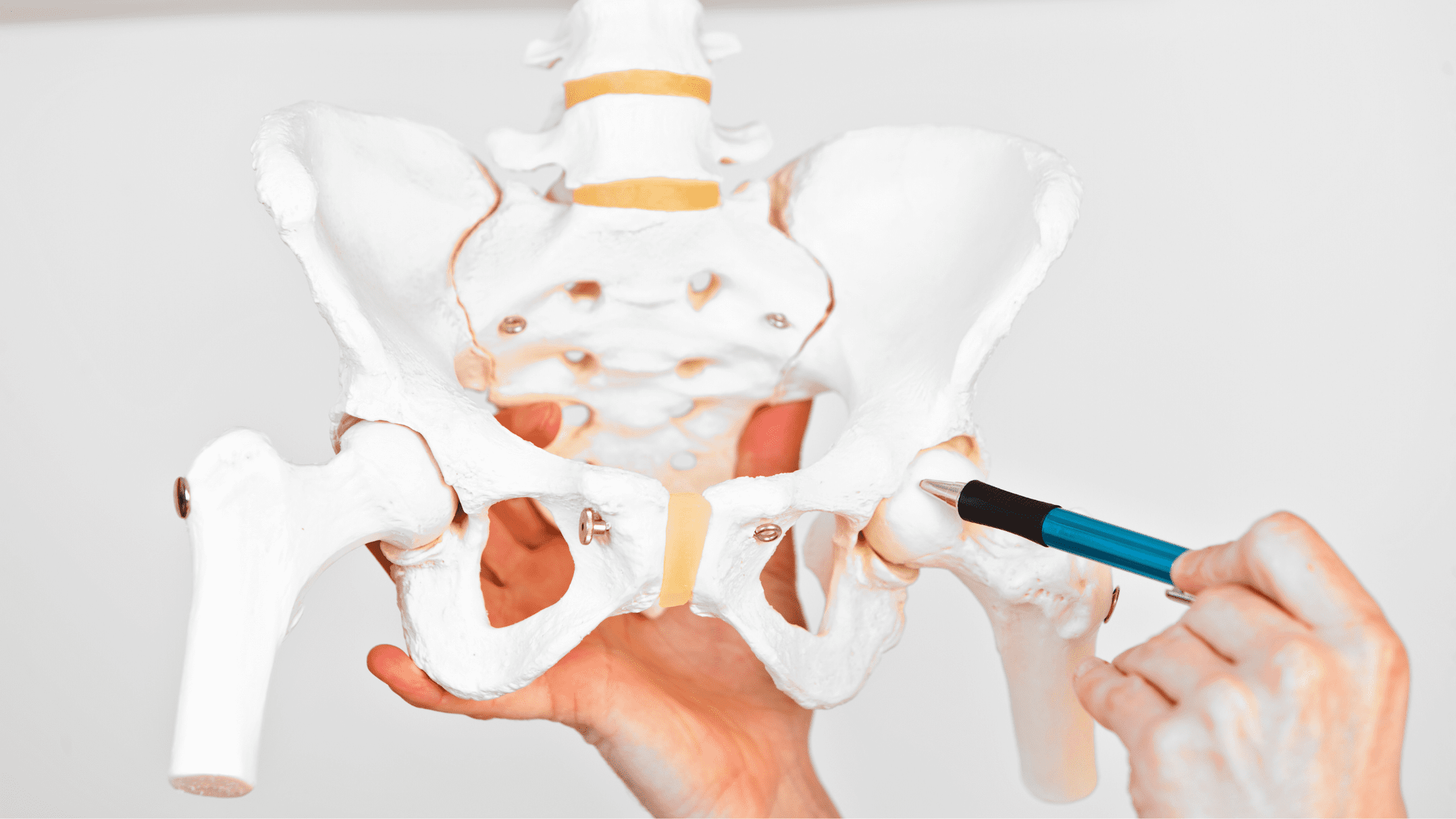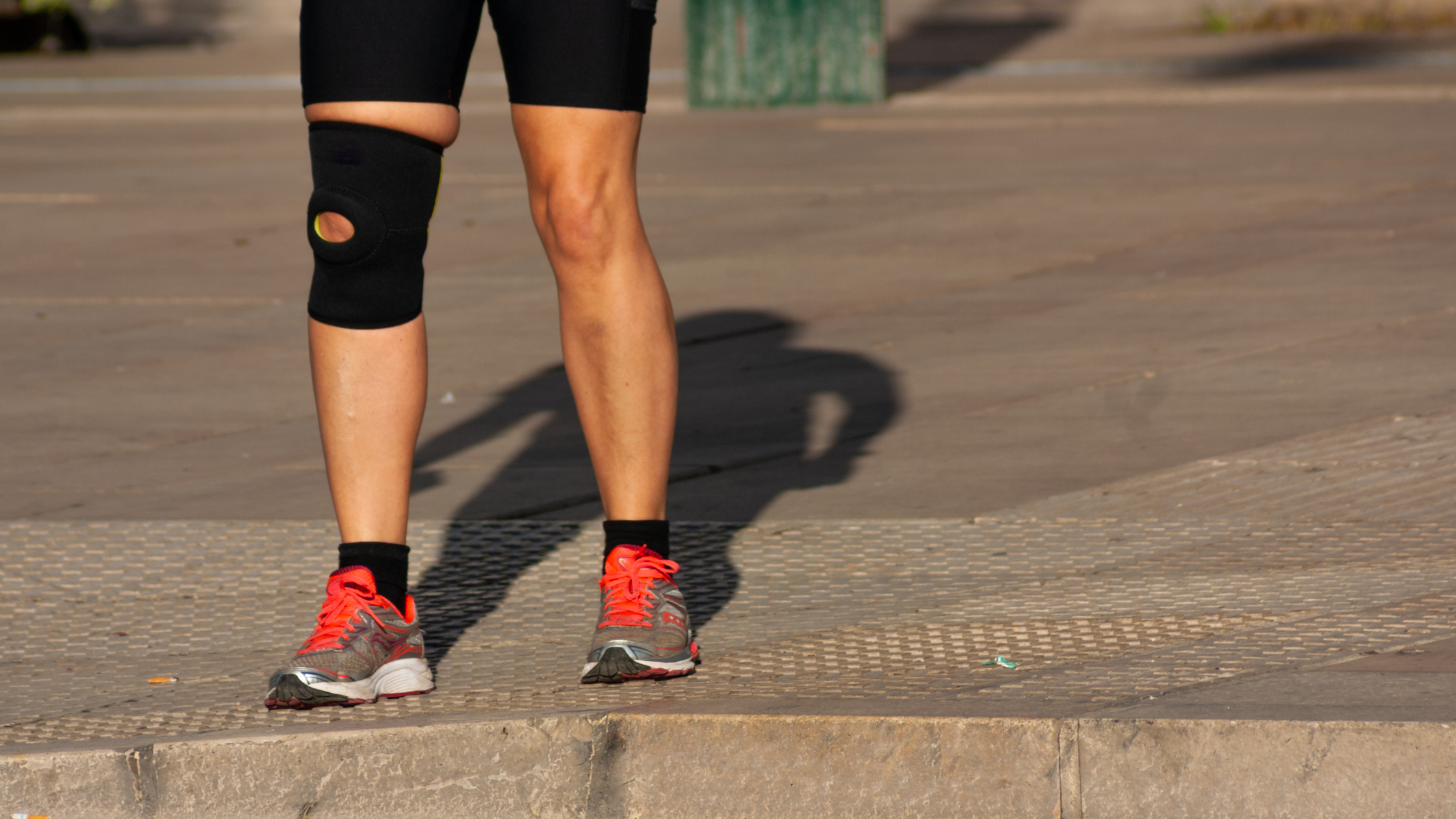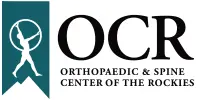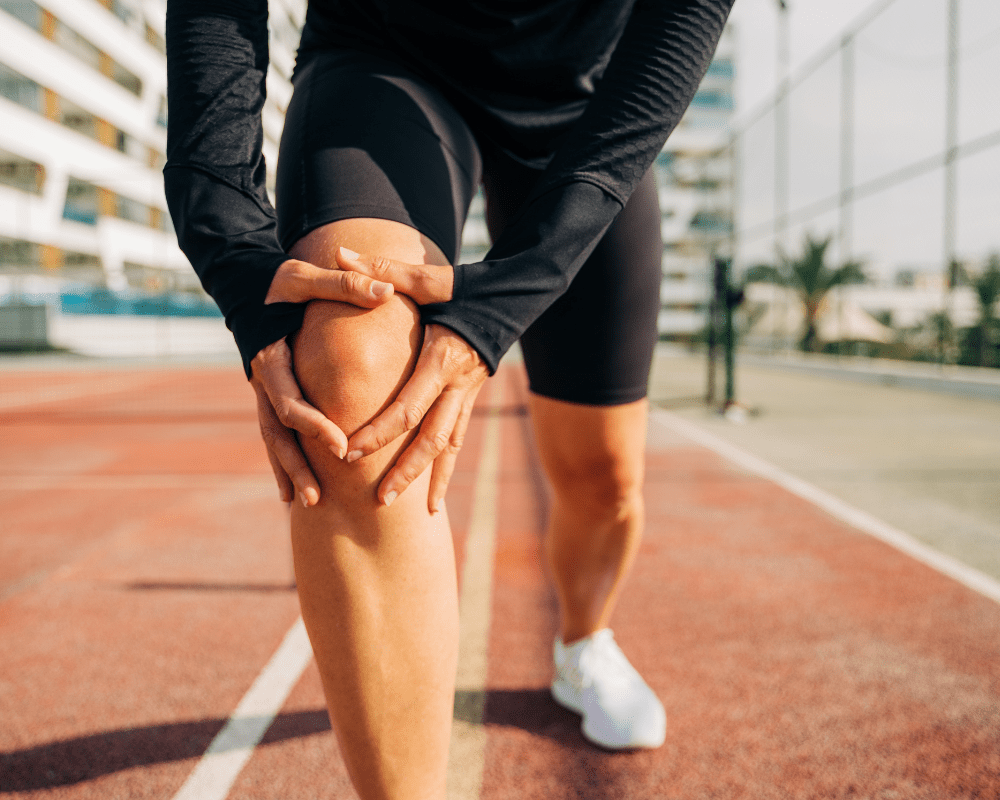Hip & Knee Joint Replacement
Arthritis and other issues can cause pain and affect your ability to use your hips and knees.
Hip Anatomy
The hip is a ball-and-socket joint, with the ball-shaped head of the thigh bone (the femur) fitting inside a cup-shaped socket in the pelvis (or hip bone). This structure provides stability and allows the hip to move freely and the upper leg to bend and rotate.
The hips can develop “wear and tear” arthritis (osteoarthritis) as the smooth covering (articular cartilage) on the ends of the bones wears down. When that occurs, the hip joint can no longer glide smoothly and easily.
Knee Anatomy
The knee is the largest joint in the human body and can frequently sustain injury.
The knee connects the thigh with the lower leg, and consists of two articulations: one between the large thigh bone (femur) and the large bone in the lower leg (the tibia), and one between the femur and patella (the kneecap).
What Causes Knee Pain?
Knee pain causes can be put into three categories:
- Acute injury: Such as a broken bone, torn ligament, meniscal tear, dislocation or fractures
- Medical condition: Such as arthritis, gout, infections
- Chronic pain: Such as osteoarthritis, patellar syndromes, tendinitis, bursitis
What are Knee Pain Symptoms and Signs?
Knee pain can happen in any area of the knee. Pain in the back of the knee could be caused by a condition called a “Baker Cyst.” Inflammation of the knee could be caused by a torn meniscus, a fracture or even a condition called “Runner’s Knee.”
Some signs and symptoms of knee pain include:
- difficulty walking
- unable to extend the knee
- locking of the knee
- redness and swelling
- shifting your weight to the opposite knee and foot, caused by discomfort
- limping caused by discomfort
What are Hip Pain Symptoms and Signs?
The symptoms associated with hip pain can vary in intensity from mild to severe. Hip pain can cause disability due to the severity of the pain and possible subsequent surgeries. Symptoms include:
- limping
- joint pain
- groin pain
- loss of motion of the hip
- warmth
- swelling
- tenderness
- difficulty sleeping on the hip
When Should I Contact an Orthopaedic Surgeon?
Preliminary at-home treatment of knee and hip pain includes icing the affected area and plenty of rest. If this doesn’t reduce your pain, your doctor should assess the injury. Your doctor will look for the following symptoms:
- Swelling
- Inability to bend
- Deformity
- Inability or difficulty to walk
- Discomfort when walking
- Significant pain
Your physician will try to use conservative measures such as physical therapy and medications to treat your pain. If conservative measures do not work, your surgeon may suggest a total joint replacement surgery.
Learn More
Check out our conditions and surgeries page.
Read more at the American Academy of Orthopaedic Surgeons patient information website for the hip.
Take a look at information on the knee at the AAOS website.
Our Hip & Knee Joint Replacement Specialists
Recent News On Hip & Knee Joint Replacement












